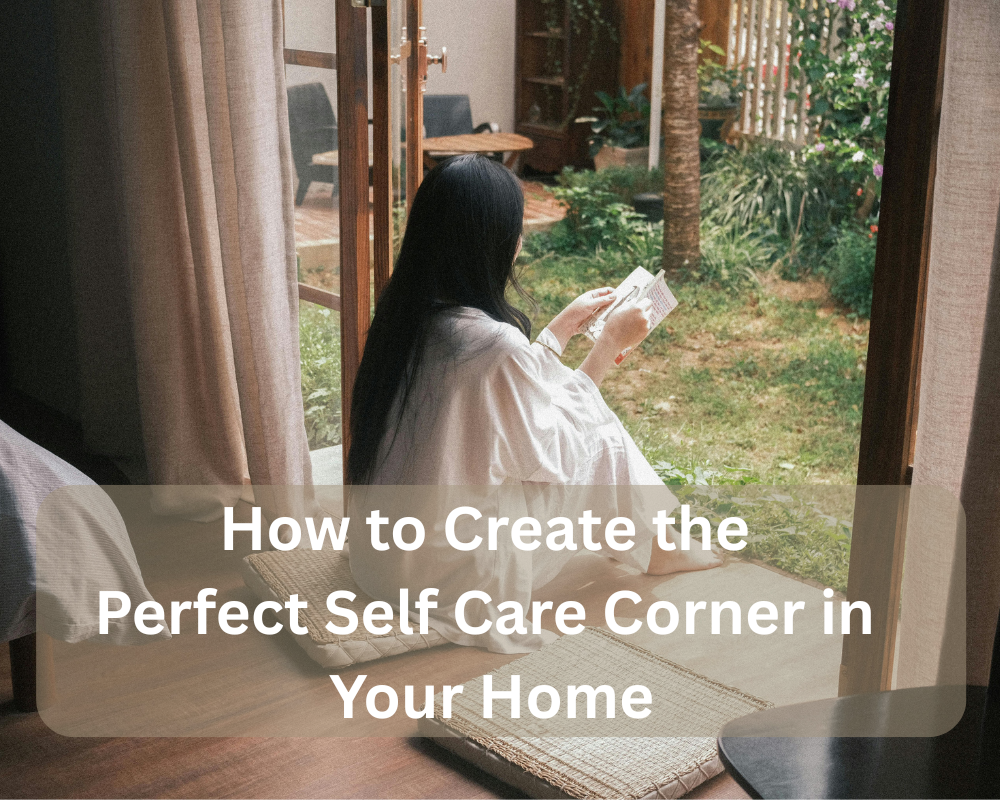The idea of wellness encompasses more than simply physical health in the fast paced society of today; it also comprises mental, emotional, and spiritual well being. Many individuals are coming to understand, given the frantic speed of daily life, the need of building environments that support their mind and body. A mindful wellness area at home can be a private refuge where you can unwind, recover, and escape.
Creating a mindful wellness area is more about building a setting that promotes your mental clarity, relaxation, and well being than it is about having a flawlessly curated room. Whether you have a whole room or just a corner to spare, here is how you can convert any area into your mindful refuge.
1. Pick a Quiet Place
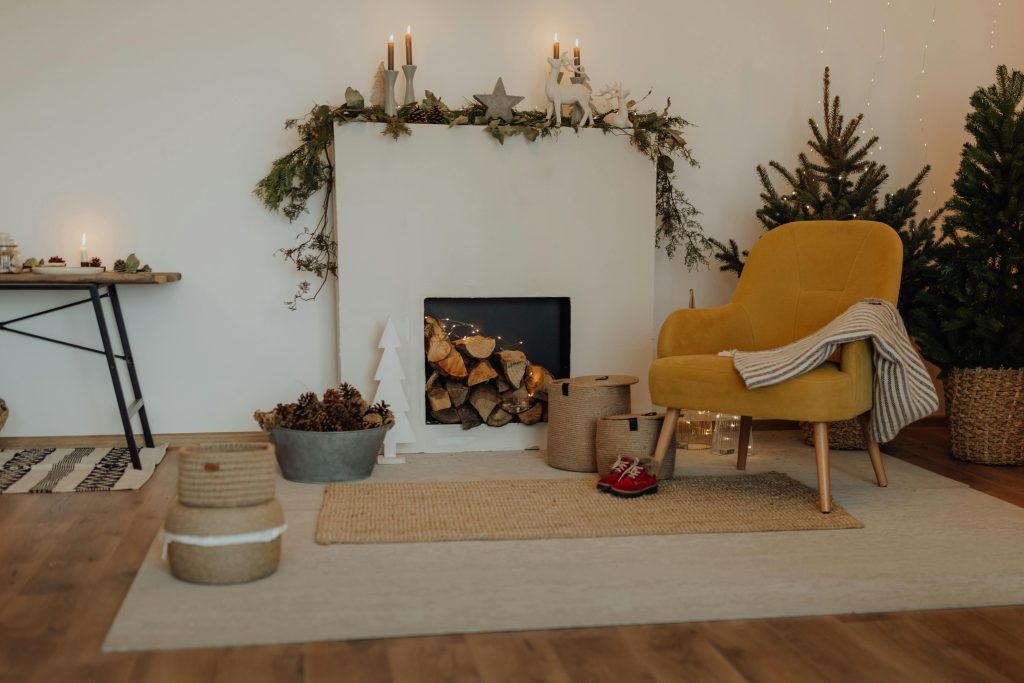
Choosing the appropriate site starts the process of designing a mindful wellness area. This is perfect if you have a whole room. But, if you’re short on room, pick a corner of your bedroom, living room, or perhaps a portion of your bathroom.
Find a location free from distractions and calm. Choose a location with natural light if you can; sunlight is said to enhance energy levels and mood. Otherwise, go for a location where you may influence the lighting and create a warm and inviting atmosphere.
2. Clear Away Mental Clutter

A disorganized environment might lead to a disorganized mentality. Starting with a clear slate is crucial to design a mindful wellness area. Start by clearing the space of things that don’t help your wellness practice. The aim is to design a simple space that seems peaceful and devoid of distractions.
Keep your wellness needs in order by using boxes or storage baskets. A clean, clutter-free environment will enable you to concentrate completely on rest and renewal and help you feel mentally clear.
3. Include Calming Textures and Colors
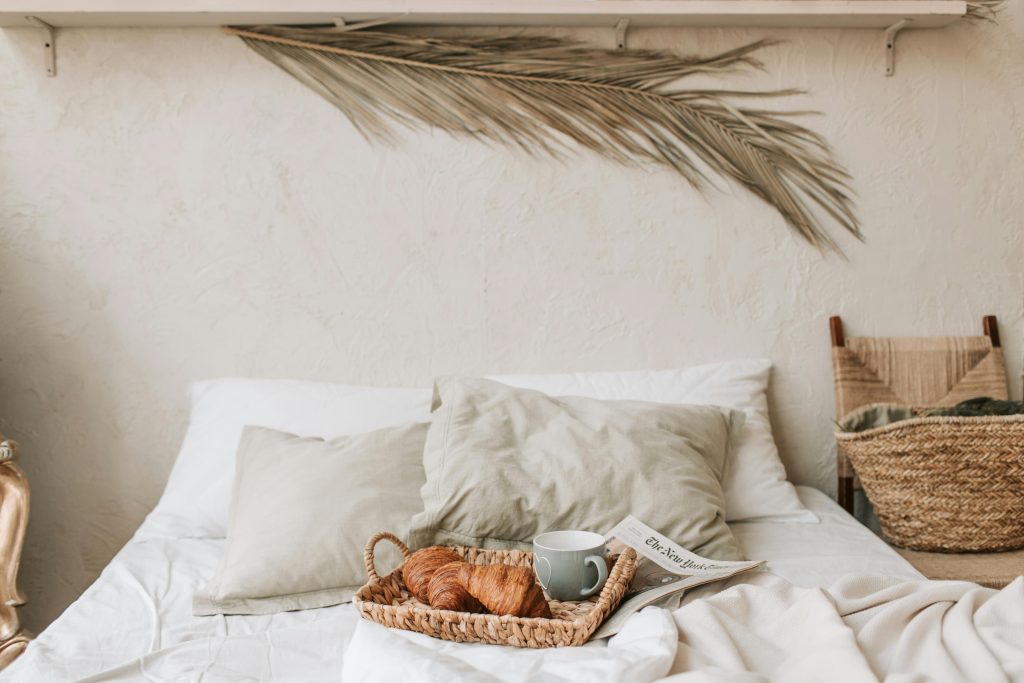
Our emotions are greatly influenced by color. Choose soothing, neutral hues for your wellness area to foster a feeling of tranquility and relaxation. Soft whites, subdued greys, beige, pale blues, and pastel greens are among colors that calm the mind and body.
A wellness setting is also enhanced by textures. Soft, comfy fabrics such as cotton, linen, and wool can help to make your area feel inviting. Think about including soft rugs, warm throws, and plush pillows to help the room feel warm and inviting. After a hard day, the tactile sensation will enable you to relax.
4.Include Natural Components
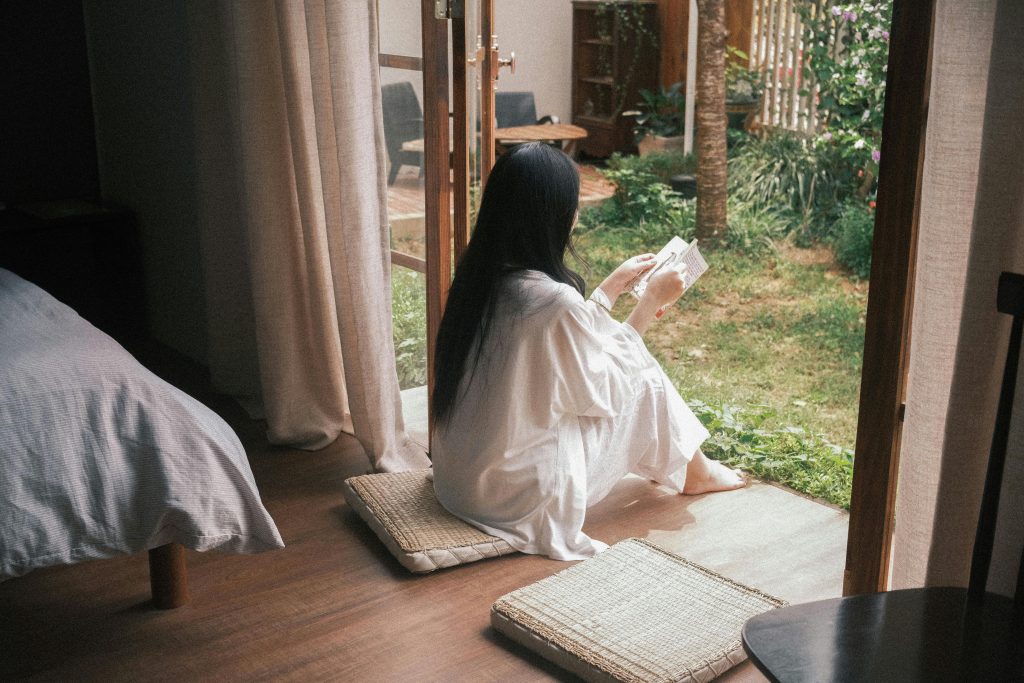
Including natural components is one of the most efficient methods to add awareness into your environment. Plants, wood, and stones all help to increase the feeling of connectedness to nature and tranquility.
- Not only do houseplants clean the air; plants like lavender, eucalyptus, and aloe vera can help you feel better by encouraging relaxation and elevating mood.
- Wooden furniture: Adding wooden components to your area will help to warm it and link it to the natural world.
- Natural stones: By promoting good energy and balance, crystals like amethyst, rose quartz, or clear quartz can help to create a thoughtful space.
Any wellness area also much depends on natural light. Should it be feasible, place your area close to a window to benefit from the natural sunshine. Should this not be feasible, warm-toned lighting or a salt lamp could be added to simulate the sensation of sunshine.
5. Use lighting to create a calming atmosphere.
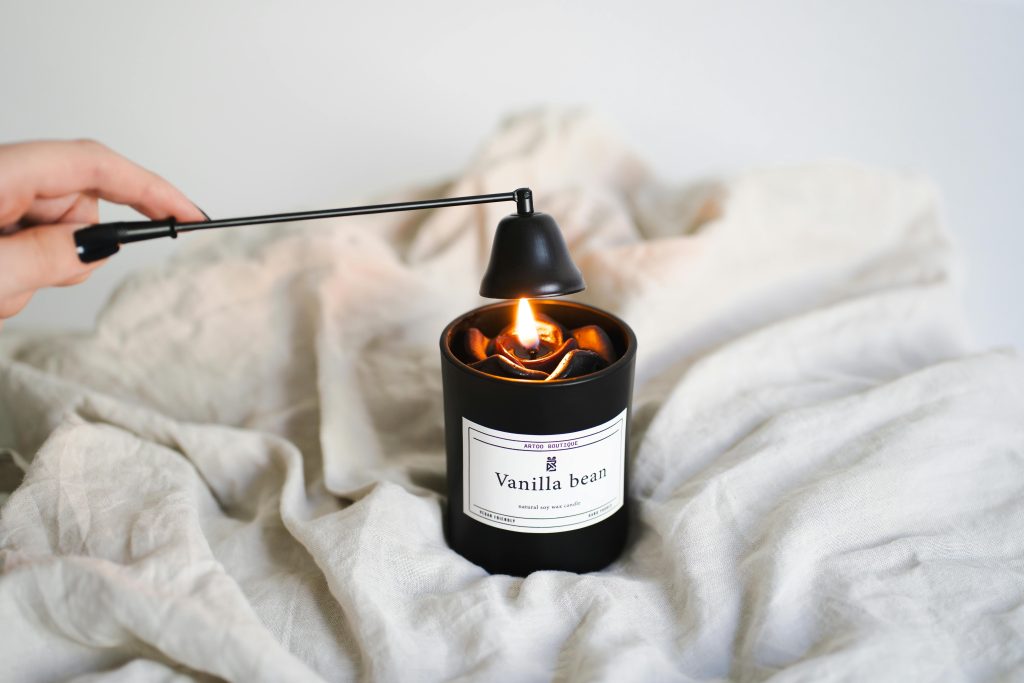
Your wellness area is set by lighting. While gentle, warm lighting can produce a relaxing environment, bright, harsh lights can be overstimulating.
- These tiny lights may quickly produce a warm and enchanted atmosphere.
- To quiet your thoughts, pick candles with natural aromas like lavender, eucalyptus, or sandalwood. Scented candles are said to promote relaxation and foster a tranquil environment.
- Soft LED lights or dimmer switches let you change the lighting according to your mood or time of day.
Since lighting may greatly influence your mood in your wellness area, emphasize developing a gentle, welcoming environment that promotes relaxation.
6. Include Your Preferred Wellness Tools
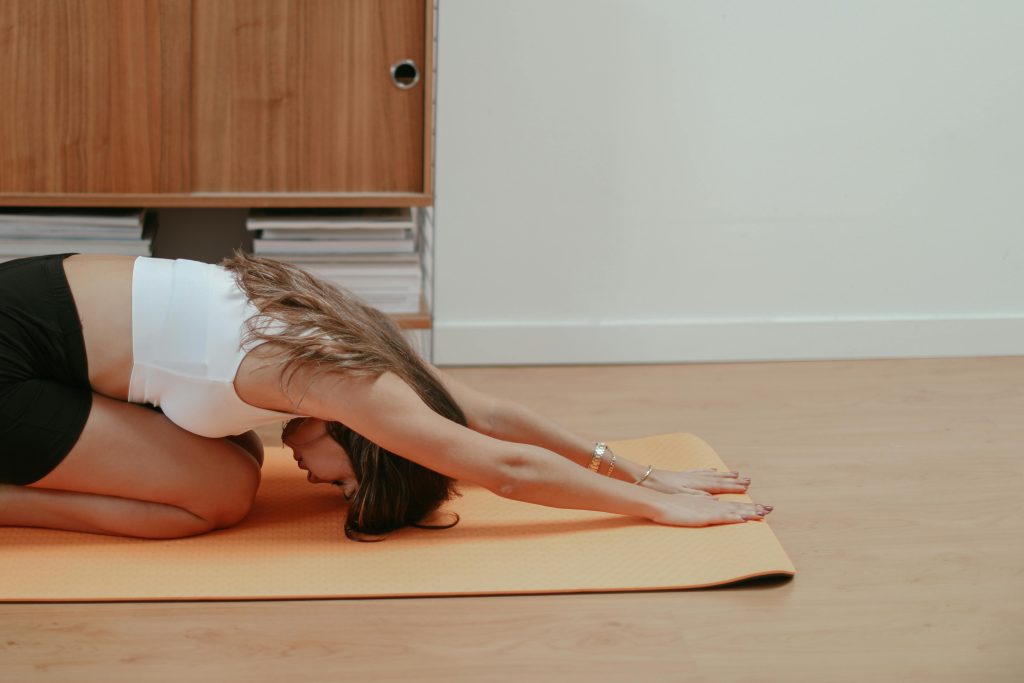
A mindful wellness area is individual. Include wellness tools that help you to make it yours. These are some necessities:
- A yoga mat: Having a specific area to roll out your mat might help you concentrate and feel grounded whether you practice yoga or stretching.
- Meditation cushions can improve your practice by motivating you to sit comfortably and concentrate.
- Essential oils include lavender, chamomile, and peppermint can assist encourage mental clarity and relaxation. These calming aromas can pervade your home if you use a diffuser.
- A journal: Recording your ideas could help you process feelings and clear your head. Maintain a diary in your area for times of thankfulness or contemplation.
These instruments strengthen the purpose for building the space as well as enhance the quality of your health practice.
7. Establish a Quiet Soundscape
Our emotions are greatly influenced by sound. Include noises encouraging relaxation to improve the soothing energy of your wellness area.
- Make a playlist of gentle, instrumental music or natural sounds as rainfall, ocean waves, or birds tweeting.
- Used in meditation techniques, binaural beats are sound frequencies that can help you attain a state of intense concentration and relaxation.
- Chimes or bells: These sounds might serve as a reminder to be present, breathe, and stop.
Make sure the sounds are soft and unobtrusive so they aid to focus your attention instead of adding more pressure.
8. Inspire Your Space with Personalized Items.
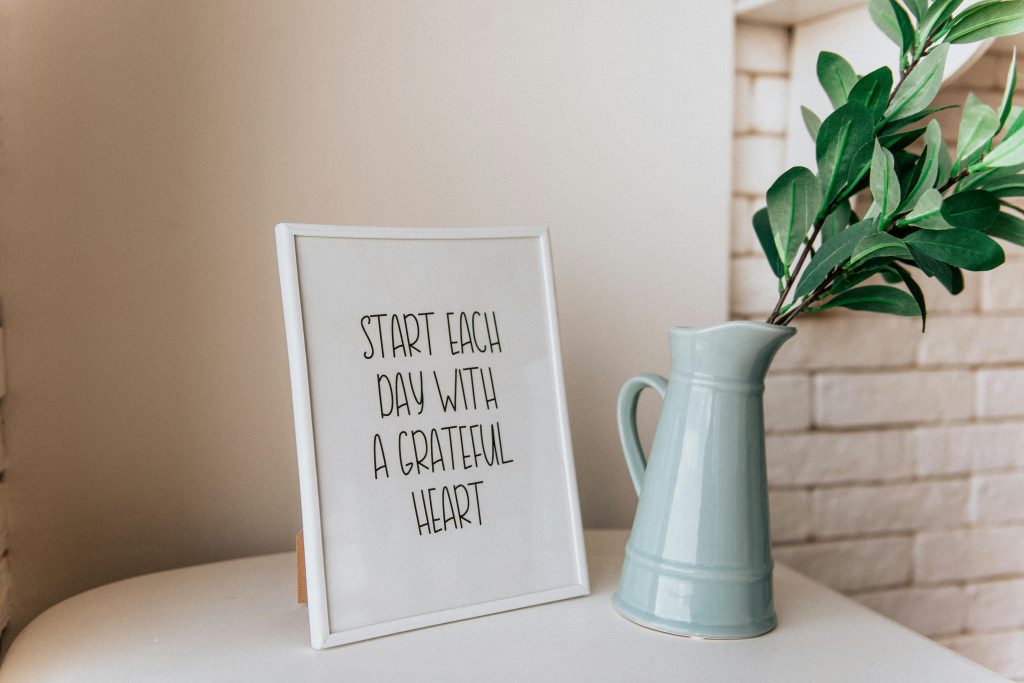
Include personal touches that encourage tranquility, positivity, and awareness to really make your health area yours. Think about including:
- Inspirational quotations: Frame your preferred phrases or affirmations to remain grounded and driven.
- Choose art that inspires uplifting energy, nature, or serenity.
- Personal mementos: A keepsake or a picture of loved ones can fill the area with happiness and love.
Including things that speak to you can help you to design an environment that not only looks nice but also improves your mental and emotional well-being.
9. Mindfulness in Your Space

Once your wellness area is established, you should use it purposefully. Mindfulness starts with presence. Here is how to begin:
- Start or finish your day with a brief meditation. Concentrate on your breathing and bring your focus to the current time.
- In your wellness area, write down your ideas, reflections, or things you appreciate. This approach can allow you to cleanse your mind and promote thankfulness.
- Breathing exercises: Use the area for deep breathing or mindfulness practices to relax your nervous system and lower tension.
Your wellness area should ultimately let you relax and replenish your mind, body, and spirit. Visit your area often and utilize it as a chance to reestablish contact with yourself.
Final Thoughts
Designing a mindful wellness area in your house is about more than simply the looks, it’s about deliberately fostering a calm atmosphere that promotes your well being. A modest location can be turned into a haven that feeds your mind, body, and spirit with a few deliberate alterations. Your wellness area will remind you to calm down and nurture your own needs in a society that expects so much of you whether you use it for meditation, reading, stretching, or just to relax.

